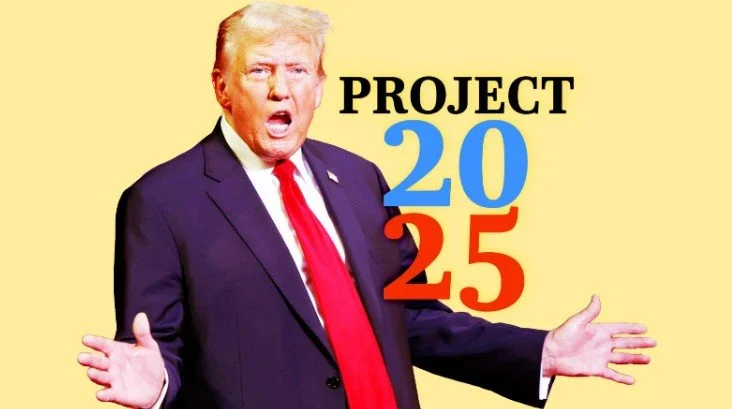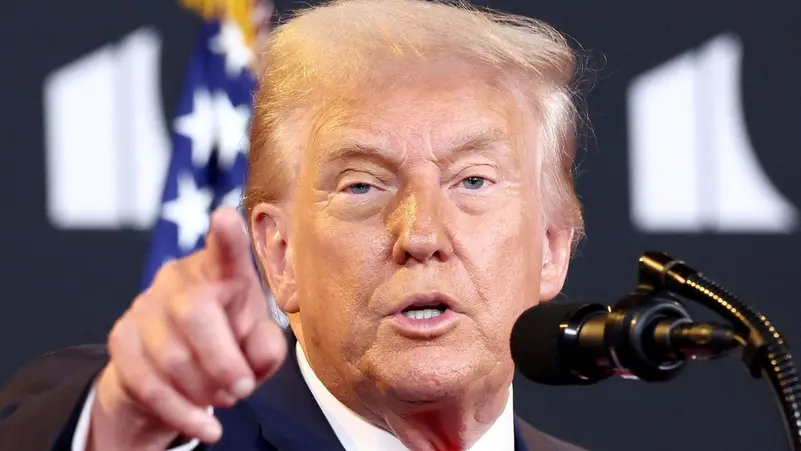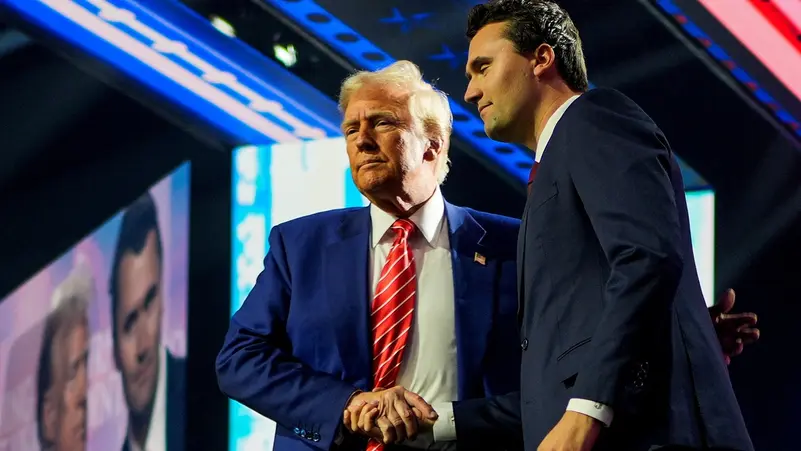Project 2025: Trump’s Bold Plan to Reshape Nuclear Security and Defense Dominance

In the evolving landscape of global security, the year 2025 stands as a pivotal point for the United States’ defense strategy. The so-called “Project 2025” marks a bold initiative championed by former President Donald Trump, aiming to overhaul nuclear security and assert America’s defense dominance in an increasingly complex geopolitical environment. This article delves into the key elements of Project 2025, its implications for U.S. national security, and its potential global repercussions.
The Vision Behind Project 2025
At the core of Project 2025 is the ambition to modernize the United States’ nuclear arsenal and enhance deterrence capabilities. The plan emphasizes a multi-faceted approach, involving not only the development of advanced weaponry but also reforms in defense infrastructure, intelligence capabilities, and international alliances. Advocates argue that this strategy is essential to counter emerging threats from rival powers, particularly China and Russia, and to maintain the U.S.’s position as a global superpower.
Modernizing the Nuclear Arsenal
Central to Project 2025 is a comprehensive upgrade of the nuclear triad—land-based intercontinental ballistic missiles (ICBMs), submarine-launched ballistic missiles (SLBMs), and strategic bombers. The initiative proposes investing billions of dollars in cutting-edge technologies such as hypersonic weapons and next-generation missile defense systems. This modernization aims to ensure that the U.S. deterrence remains credible and effective in the face of evolving threats.
Strengthening Defense Infrastructure
Beyond weapons development, Project 2025 seeks to revitalize the broader defense infrastructure. This includes upgrading military bases, enhancing cybersecurity defenses, and fostering innovation within defense industries. The program also calls for increasing defense budgets and streamlining procurement processes to accelerate deployment of new technologies.
Reinforcing International Alliances
Trump’s defense strategy underscores the importance of strong alliances, particularly with NATO and key partners in the Indo-Pacific region. Project 2025 envisions greater collaboration on intelligence sharing, joint military exercises, and coordinated responses to regional crises. These efforts aim to present a unified front against adversaries and ensure collective security.
Domestic and Global Reactions
Reactions to Project 2025 have been mixed. Supporters praise the plan’s decisive approach to strengthening national security and deterring aggression. Critics, however, express concerns about escalating arms races and increased tensions with rival nations. The Trump News section has extensively covered debates surrounding the policy, highlighting both praise and opposition.
Potential Global Implications
The ambitious scope of Project 2025 carries significant global implications. Enhanced U.S. nuclear capabilities may trigger strategic recalibrations by other nuclear powers, potentially destabilizing existing arms control agreements. Moreover, increased defense spending could impact the global Economy, influencing markets and international relations.
Project 2025 represents a pivotal chapter in America’s defense narrative, embodying a commitment to maintain military supremacy and address evolving global threats. Whether this bold plan will achieve its intended outcomes remains to be seen, but its influence on U.S. national security and international dynamics is undeniable.




